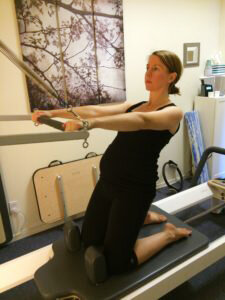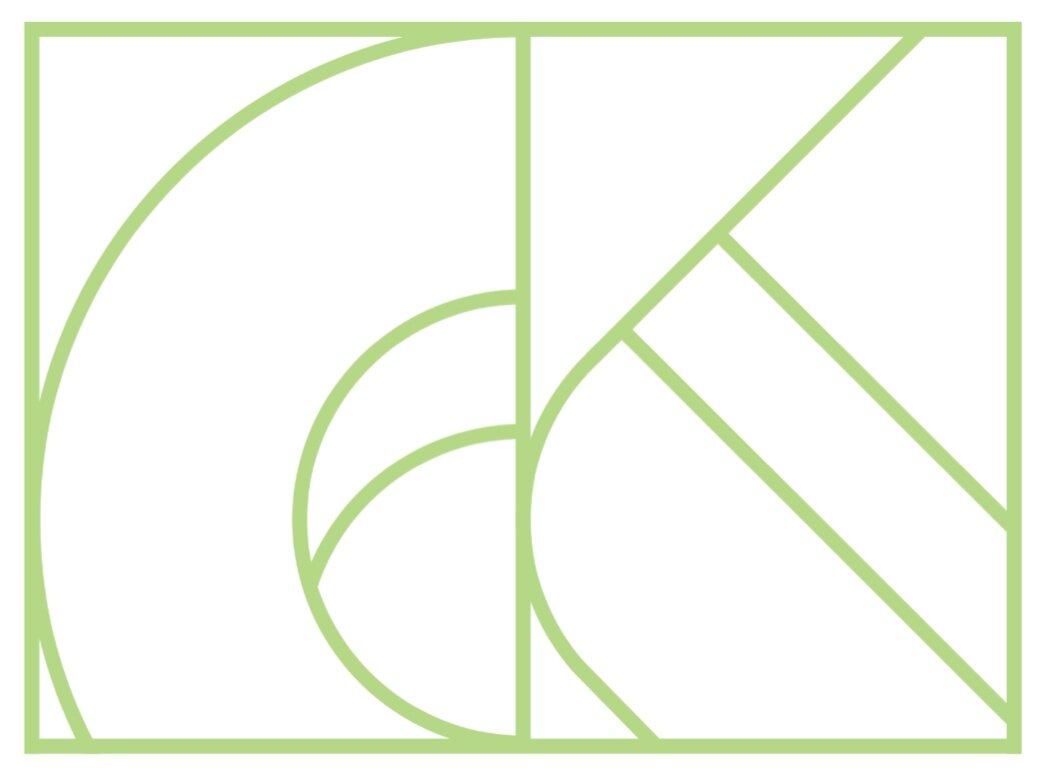
Blog

Modifications for common injuries - Part I
One of the things I love about Pilates is that it is a highly versatile system of exercise, which can be gentle enough for rehabilitation, and yet challenging enough for athletic conditioning. When you want to strengthen but you’re working with an injury, you can count on your Pilates instructors to keep you safe, help you heal, and give all the other body parts a workout while we’re at it. This month, we’re focusing on how Pilates accommodates injuries. We’ll show you some ways we modify exercises to keep you safe while you strengthen, as well as highlighting how we use orthopedic bodywork and rehab-specific exercises to help the injury get better.

Anatomy Moment: the shoulder girdle
Shoulders have been on my mind lately. Sometimes in the rehab and movement world we see themes in our clients, and lately our clients have been bringing us lots of shoulder puzzles. So thank you all — you know who you are! — for the inspiration of this Anatomy Moment.

Anatomy Moment: take time for your fascia
If you’re like many of us, you may have heard of fascia, but you may be somewhat confused about what exactly it is, or how myofascial release — as performed by a manual therapist or as a self-care technique with a foam roller or pinky ball — helps your body. This article, and our upcoming Roll & Release workshop, is meant for you.

September Focus: Pre-natal Pilates
This month, I welcome Beth Sanzone to the Corpo Kinetic blog. Beth is a Pilates practitioner and mamma of two with a third on the way. She has an inside look at the benefits of prenatal Pilates for the expectant mother.

Anatomy Moment: What is sciatica?
Of all the clinical conditions we work with at Corpo Kinetic, sciatica is probably one of the most well-known. Manifesting often as a literal “pain in the butt,” sciatic pain can be present in the lower back, gluteals, back of the thigh, or even into the lower leg. However, the cause of the pain is not always the same, and treatment for your sciatic pain should match the cause – not just the symptoms.

